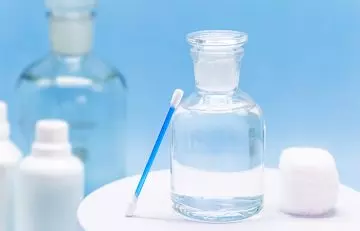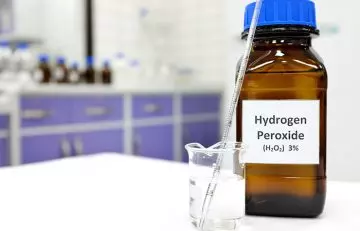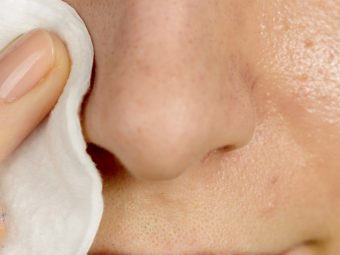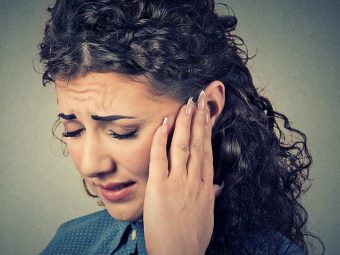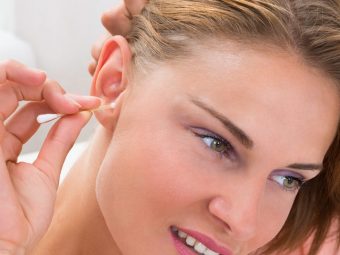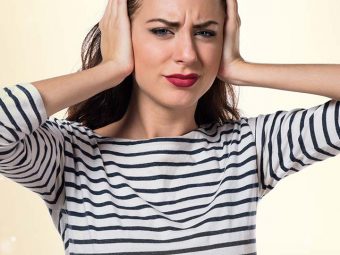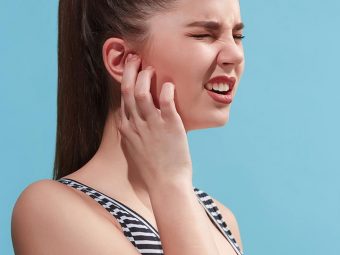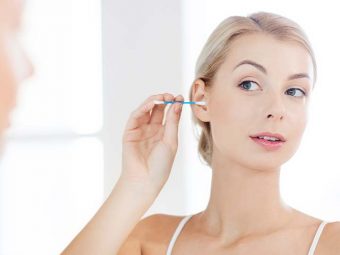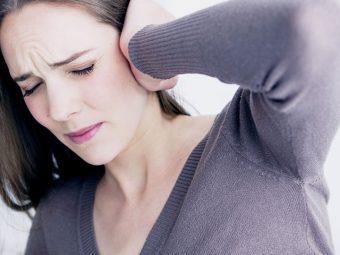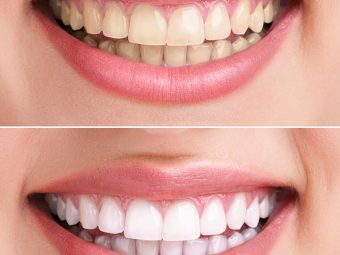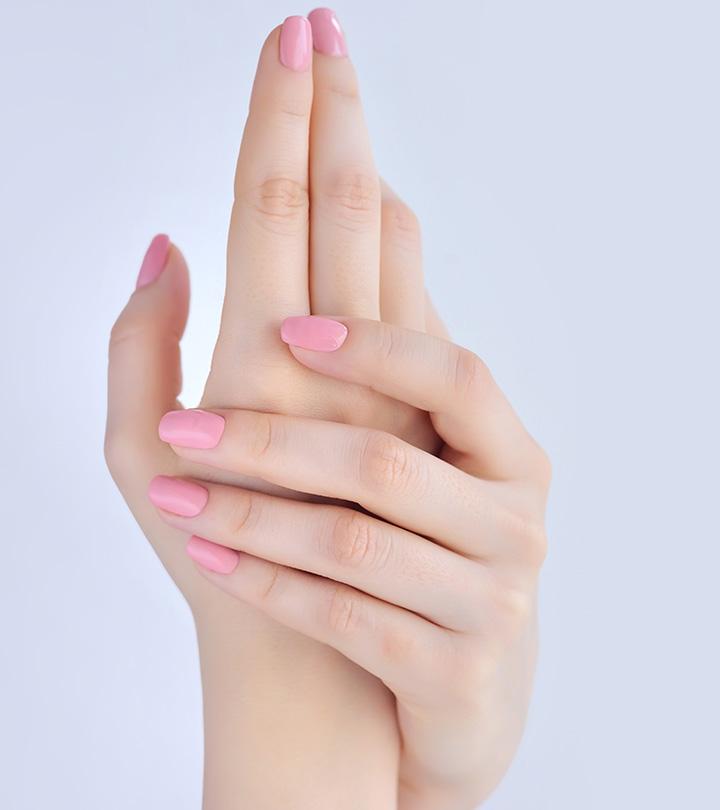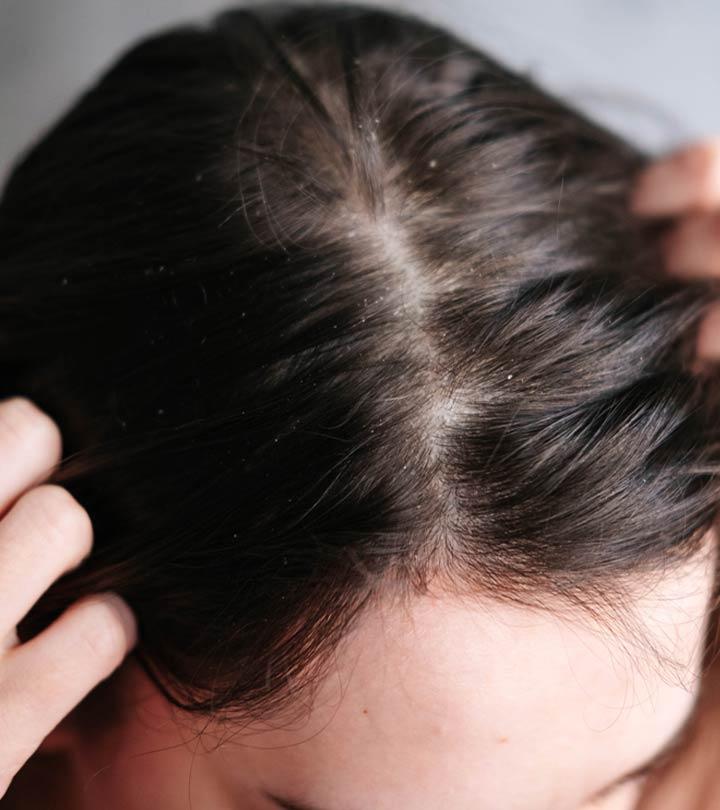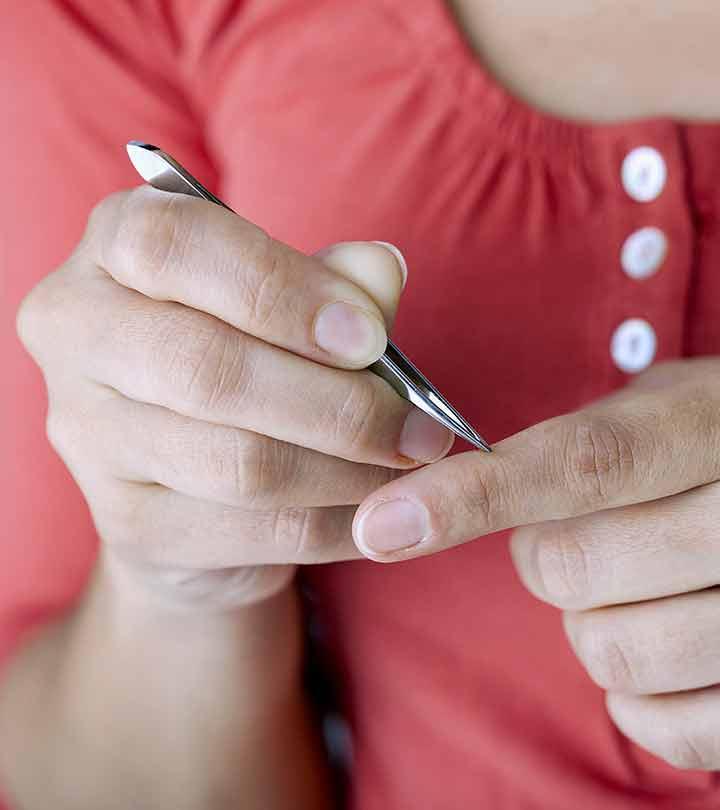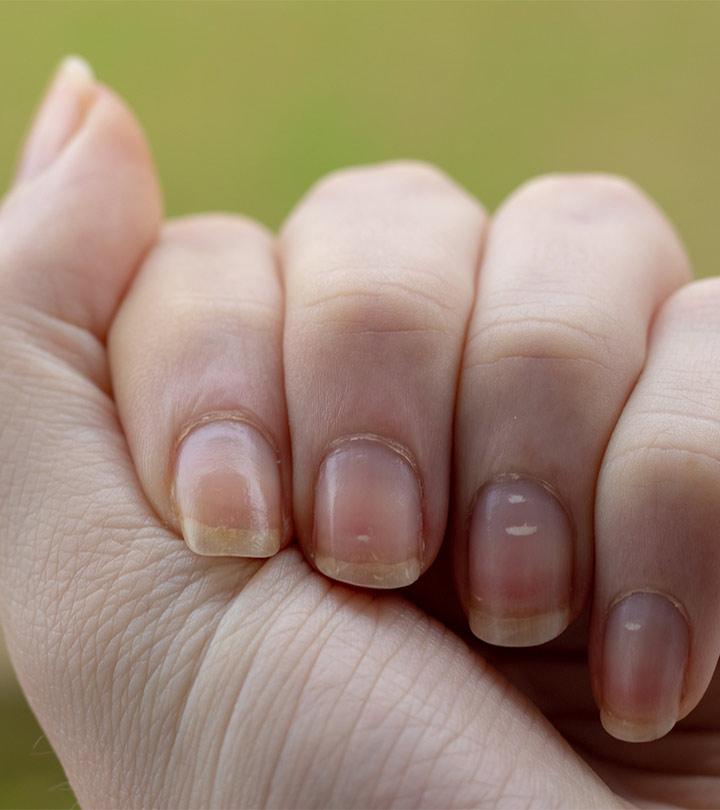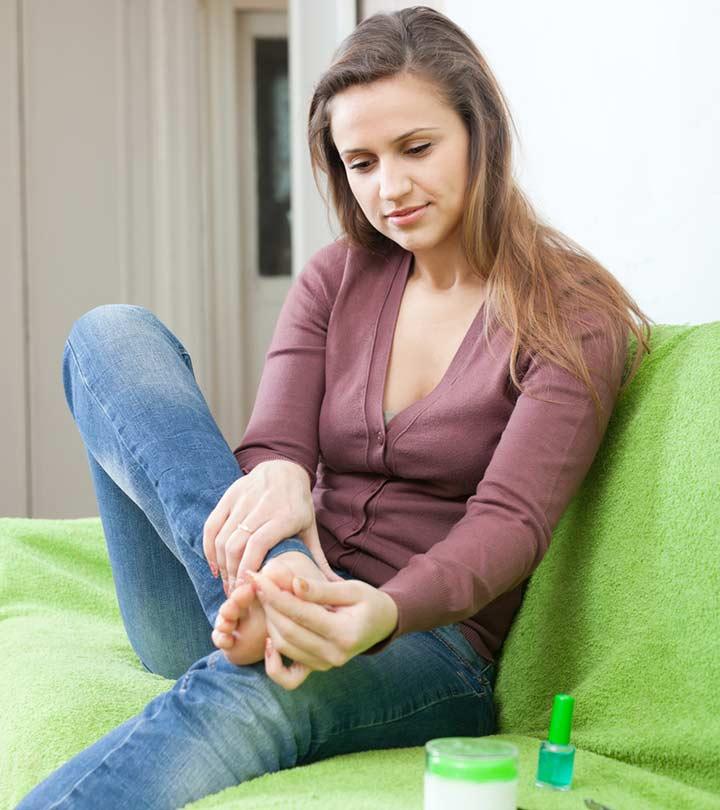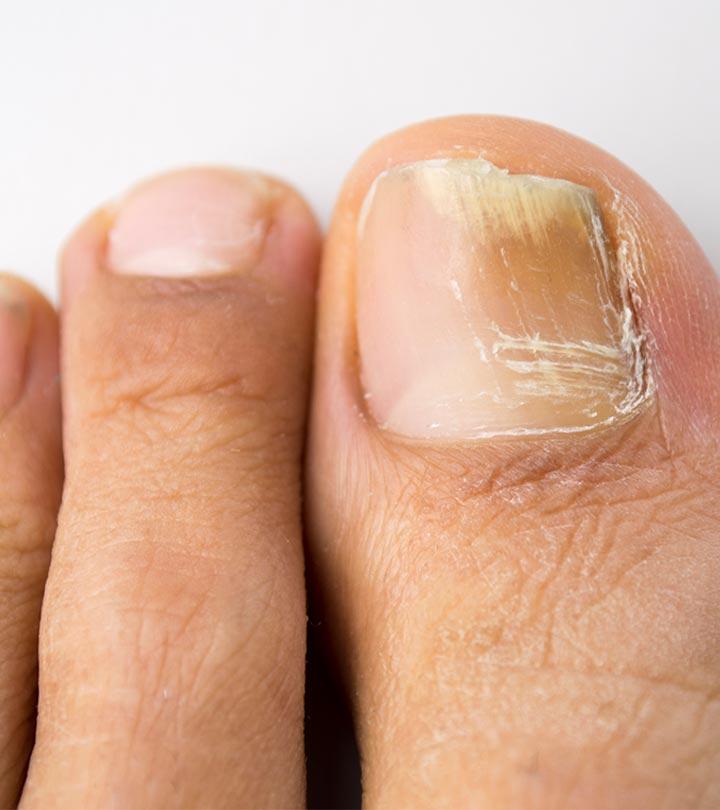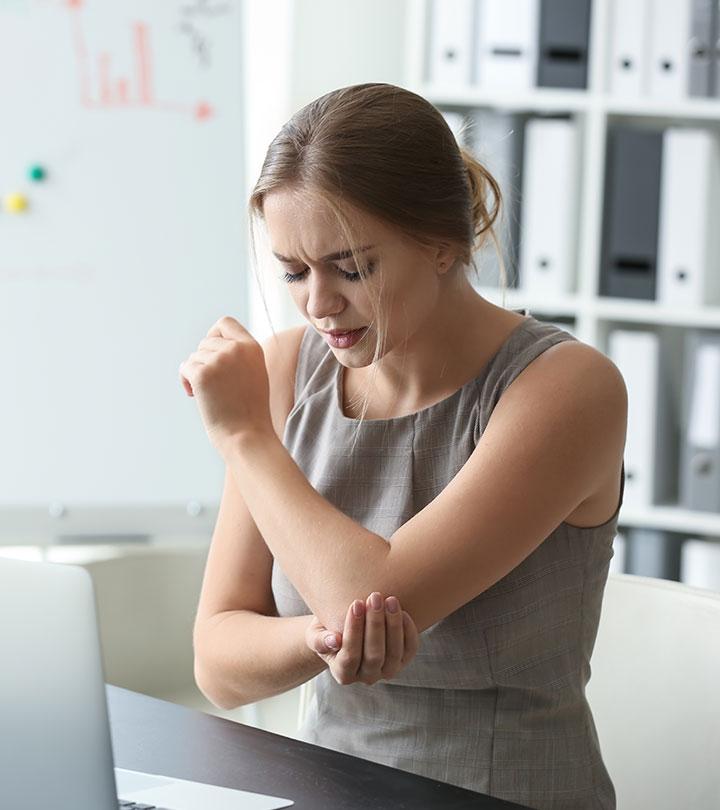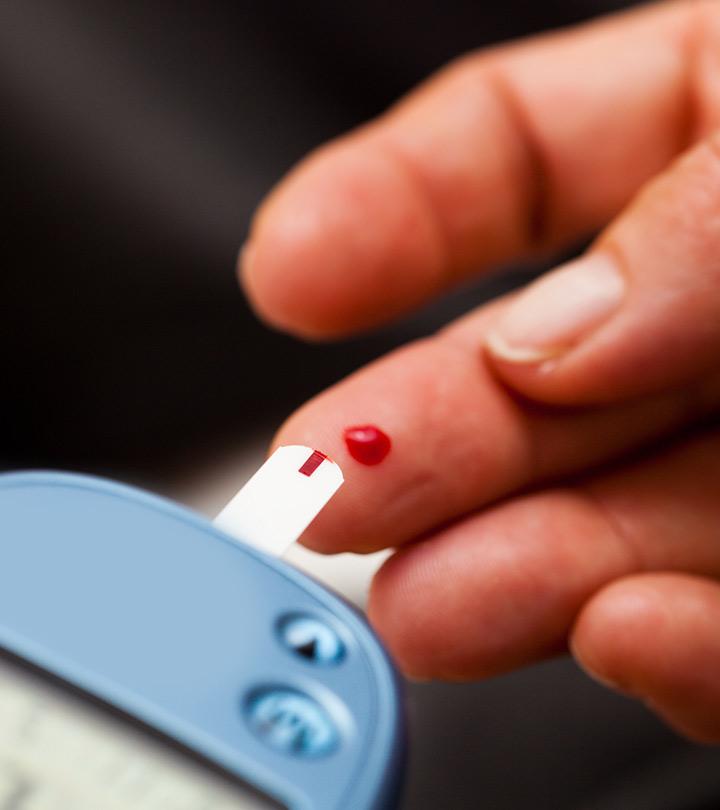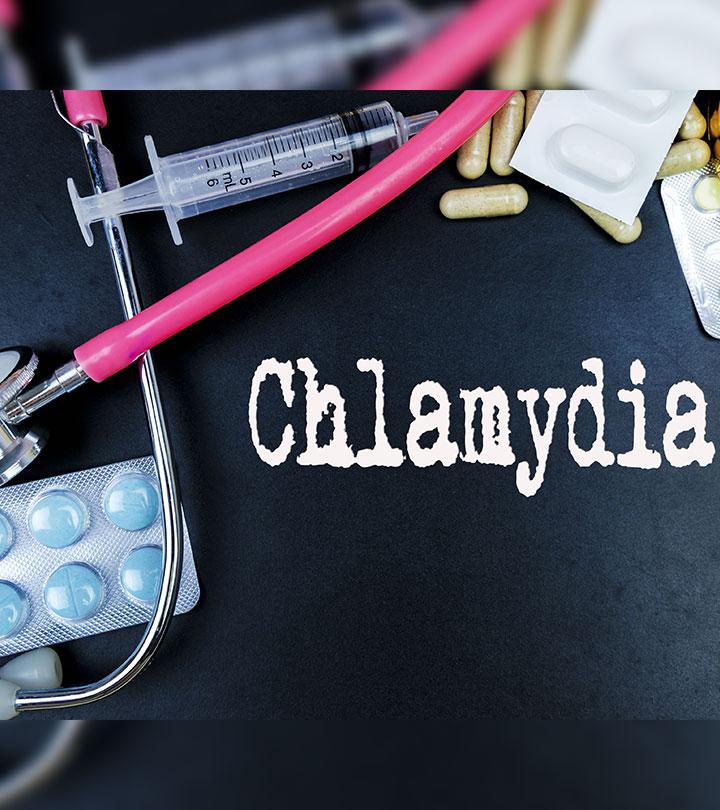Using Hydrogen Peroxide For Earwax Removal: Safe Or Not?
Take the worries off your shoulders and learn how to use this effective chemical.
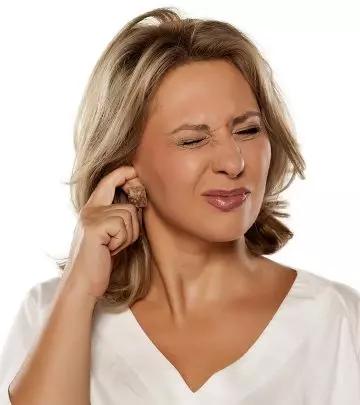
Image: Shutterstock
The ear produces earwax to protect itself from water and infection. Long-term accumulation of earwax can result in trouble hearing or constant pain in your ears. If you want to ditch your good old ear drops and go for something else, try hydrogen peroxide ear drops for ear cleaning and wax removal. Scientific literature suggests that hydrogen peroxide is one of the most effective ways to remove earwax and boost ear health. In this article, we explore different ways to use hydrogen peroxide to remove earwax.
In This Article
Does Hydrogen Peroxide Work For Earwax Removal?
Hydrogen peroxide is an ingredient that is quite commonly used earwax removal kits. It softens and breaks down the wax, facilitating easy removal.
As we are aware, most eardrops contain hydrogen peroxide. According to a study, eardrops are one of the most cost-effective ways to get rid of earwax build-up at home. They have always been used as a first-line treatment to help the ears self-clean. And though ear irrigation is the most preferred method to get rid of earwax, it can lead to complications in certain cases (1). Hence, earwax removal drops are a safer alternative for proper ear care.
Also, it might be surprising to know that some eardrops seem to work fine without the presence of hydrogen peroxide as well. In fact, a few studies found that distilled water worked better in disintegrating earwax when compared to other ear cleaning solutions (2).
However, many people all over the world swear by the efficacy of hydrogen peroxide in removing earwax build-up. It is especially useful for those whose ears tend to produce more wax as compared to the rest. The build-up or excessive earwax may lead to the following problems:
- Difficulty in hearing
- Pain or ringing in the ears
- Ear discharge and itching
- Ear infections like otitis externa because of trapped bacteria
 Did You Know?
Did You Know?Hence, it is important that you clean your ears periodically in a safe and effective manner. Let us now see the different methods in which hydrogen peroxide can be used to do this.
How To Use Hydrogen Peroxide For Earwax Removal
- Hydrogen Peroxide Solution
- Glycerin And Hydrogen Peroxide
- Vinegar And Hydrogen Peroxide
- Water And Hydrogen Peroxide
- Rubbing Alcohol And Hydrogen Peroxide
5 Ways To Use Hydrogen Peroxide For Earwax Removal
1. Hydrogen Peroxide Solution

You Will Need
- 1-3 mL of 3% food-grade hydrogen peroxide
- Medicine dropper
What You Have To Do
- Take about 1-3 mL of 3% hydrogen peroxide in a medicine dropper.
- Lie on your side and fill your ear with this earwax removal solution. You can also ask someone to help pour the solution in your ears.
- Leave it in for 10 to 15 minutes.
- Get up slowly and blot any excess hydrogen peroxide that is flowing out of your ears with a tissue or cotton pad.
- Repeat this for the other ear.
How Often You Should Do This
Do this once every 3 or 6 months, depending on the build-up of wax in your ears.
Why This Works
Hydrogen peroxide helps in softening the earwax, thus dislodging the build-up. Its natural antiseptic properties help in fighting any ear infections (3).
A blogger recounted her experience of using this remedy for one of her children who had developed an ear infection after a bad fall. Pouring the solution into the infected ear yielded positive results as well as helped get rid of earwax. In one of her blog posts, she writes, “After several months of treatment, he almost never has ear infections anymore. This child would be up every night after his accident, crying from pain in his ears. TRUST ME THIS WORKS (i).”
2. Glycerin And Hydrogen Peroxide
You Will Need
- 1 mL of 3% food-grade hydrogen peroxide
- 1 mL of glycerin
- Medicine dropper
What You Have To Do
- Mix hydrogen peroxide and glycerin in the specified quantities.
- Lie down on your side, and with the help of a medicine dropper, pour the solution into your ear.
- Leave it in for 10 to 15 minutes, after which you can get up and blot the excess solution from your ear.
- Repeat for the other ear.
How Often You Should Do This
You must do this once in 3 or 6 months.
Why This Works
According to anecdotal evidence when glycerin combines with hydrogen peroxide, it releases oxygen, thus making it easy to remove the earwax without much fuss.
3. Vinegar And Hydrogen Peroxide
You Will Need
- 1 mL of food-grade 3% hydrogen peroxide
- 1 mL of white vinegar
- Medicine dropper
What You Have To Do
- Mix equal proportions of white vinegar and 3% hydrogen peroxide.
- Tilt your head to a side and pour 2 to 3 drops of the solution in your ear with a dropper.
- Leave the mixture in for about 15 minutes.
- Straighten your head and wipe out any excess solution that may have flown out of your ears.
- Repeat the process for the other ear.
How Often You Should Do This
You must do this whenever you develop earwax buildup in your ears.
Why This Works
This combination not only softens the earwax and facilitates its easy removal but also fights ear infections and inflammation (4),
4. Water And Hydrogen Peroxide
You Will Need
- 1 mL of 3% food-grade hydrogen peroxide
- 1 mL of distilled water
- Medicine dropper
What You Have To Do
- Mix hydrogen peroxide with distilled water.
- Tilt your head and pour 3 to 4 drops of the solution in the affected ear with a dropper.
- Allow the solution to work for at least 10 minutes before straightening your head.
- Blot the excess solution and repeat the process for the other ear as well.
- Alternatively, you can also flush your ears with distilled water after using hydrogen peroxide.
How Often You Should Do This
You must do this every 3 or 6 months to steer clear of earwax build-up.
Why This Works
The natural lubricating properties of water are no secret. According to anecdotal evidence, this combo is one of the best and safest ways to remove earwax.
5. Rubbing Alcohol And Hydrogen Peroxide
You Will Need
- 1 mL of food-grade 3% hydrogen peroxide
- 1 mL of rubbing alcohol
- Medicine dropper
What You Have To Do
- Mix 1 mL of rubbing alcohol with 1 mL of 3% hydrogen peroxide.
- Tilt your head and lie on your side.
- Using a dropper, pour 4 to 5 drops of the solution in the affected ear.
- Stay still for 10 to 15 minutes.
- Get up and blot any excess solution.
- Repeat the process for the other ear.
How Often You Should Do This
Repeat this procedure every 3 or 6 months, depending on the wax build-up in your ears.
Why This Works
Rubbing alcohol can aid faster evaporation of the trapped water within your ears. It also exhibits disinfectant properties when used in combination with hydrogen peroxide. This can help in softening the earwax build-up and also fight the infection-causing microbes in your ears (5).
You must also keep the following tips in mind to make sure that you do not injure your ear while trying to remove the earwax build-up.
Tips And Caution
• Do not insert your fingers in your ears.
• Do not dip a used cloth or your fingers into the hydrogen peroxide solution.
• Discard the contaminated hydrogen peroxide, cloths, cotton swabs, and other objects. Do not reuse them.
• Avoid using eardrops or any of the above remedies if you have developed an ear infection.
• Do not insert any foreign object into your ear to remove the earwax.
• If the wax is lodged in your ears, consult your doctor to avoid further complications.
Infographic: Common Methods To Clean Earwax At Home
True, using hydrogen peroxide in your ears is generally considered safe. Nevertheless, you can easily clean your ears using various natural and common ingredients. Check out the infographic below to find out all about them. However, remember to speak with a doctor before using any home remedies. Scroll down! Illustration: StyleCraze Design Team
 Quick Tip
Quick TipWhile ear wax is a natural build-up to prevent any damage from sudden loud sounds and avoid injuries, sometimes it can become too much to obstruct your normal hearing. Though you can use OTC ear drops as well as other earwax removal tools to help get rid of that, you can also try hydrogen peroxide for ear wax removal. It helps maintain good ear hygiene and softens and breaks down the cerumen for self-cleaning. You must dilute it before use and can add glycerin, vinegar, or rubbing alcohol to enhance its benefits. However, it is better to consult a doctor before trying out any home remedies.
Frequently Asked Questions
Is it safe to put hydrogen peroxide in your ear?
Yes, hydrogen peroxide is relatively safe to be used in your ears. It is, in fact, one of the most common ingredients that you can find in a majority of ear solutions.
What is the difference between using carbamide peroxide and hydrogen peroxide for earwax removal?
Carbamide peroxide works in a way similar to hydrogen peroxide in the removal of earwax. It contains 30% of carbamide peroxide and about 10% of hydrogen peroxide. The main difference between both these compounds is that hydrogen peroxide tends to break down faster than carbamide peroxide.
How long should you keep hydrogen peroxide in your ear?
You can leave the hydrogen peroxide solution in your ears for 10-20 minutes. After pouring it in your ears, you must wait for the popping sounds to subside before getting up and blotting the excess solution with a tissue.
Why does my ear feel clogged after using hydrogen peroxide?
Hydrogen peroxide may create a sensation of clogged ears due to the release of oxygen and water that bubbles inside the ear. However, this is a temporary condition that is soon resolved when the water and earwax are expelled.
Can you put peroxide in your ear every day?
It is not recommended to use hydrogen peroxide as ear drops beyond four days at a stretch as it may irritate the sensitive skin inside the ears and cause earaches.
Can you put hydrogen peroxide in a baby’s ears?
Yes, you may use ear drops containing hydrogen peroxide or a solution of 1:1 hydrogen peroxide and water in your baby’s ears. However, it is recommended to consult your child’s pediatrician before doing so.
Key Takeaways
- Ear drops contain hydrogen peroxide that may help get rid of earwax build-up.
- Hydrogen peroxide is one of the best solutions to soften and remove hard earwax.
- It helps fight microbes in the ears to prevent infections and inflammation.
- Do not use hydrogen peroxide if you have an ear infection.
Learn how to safely remove ear wax using hydrogen peroxide with expert guidance from a doctor. Discover step-by-step instructions and expert tips for a gentle and effective cleaning process in this enlightening video. Check it out now!
Personal Experience: Source
StyleCraze's articles are interwoven with authentic personal narratives that provide depth and resonance to our content. Below are the sources of the personal accounts referenced in this article.
i. Ear Infection’shttps://cleanbreathing4me.wordpress.com/2013/11/27/ear-infections/





